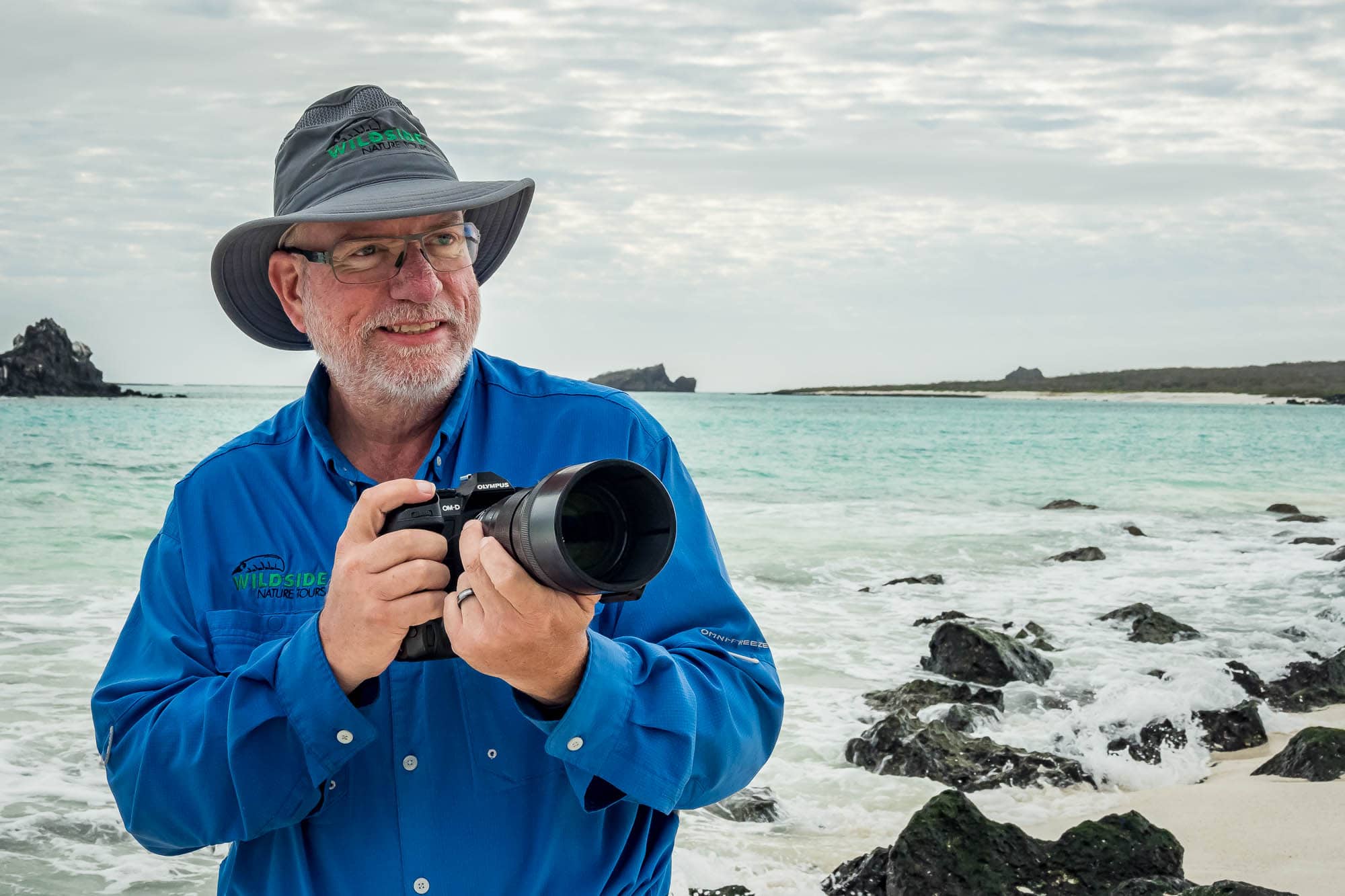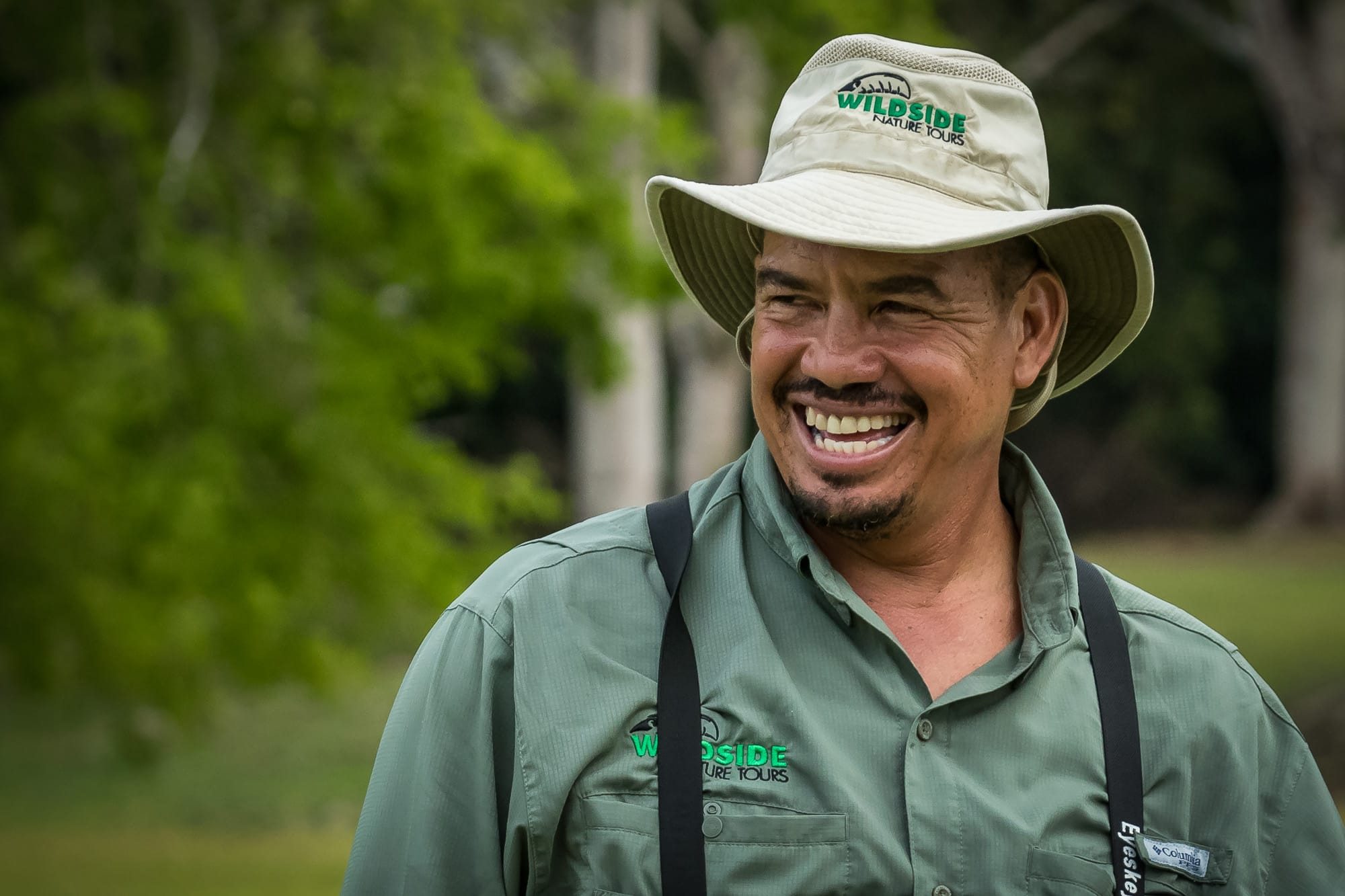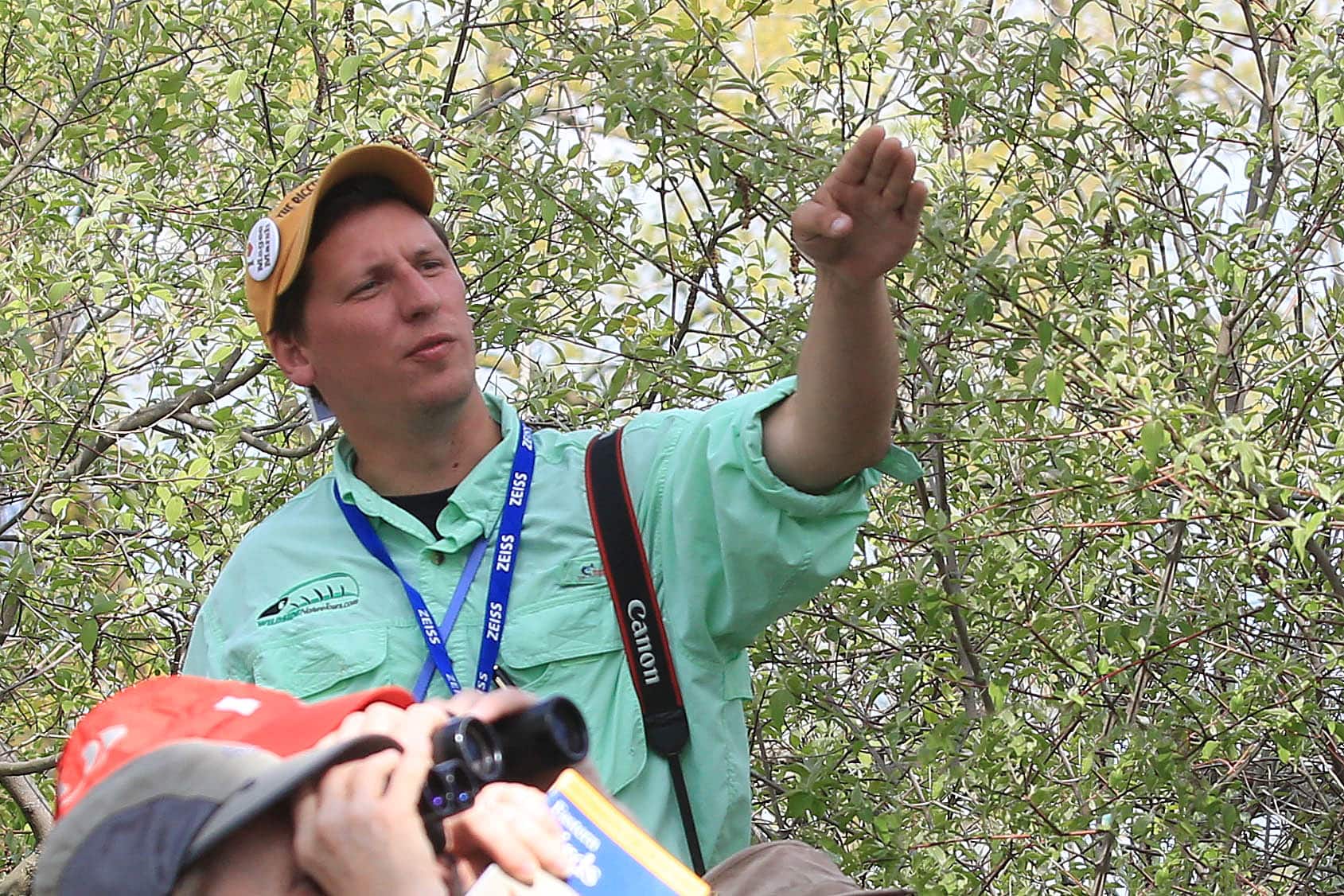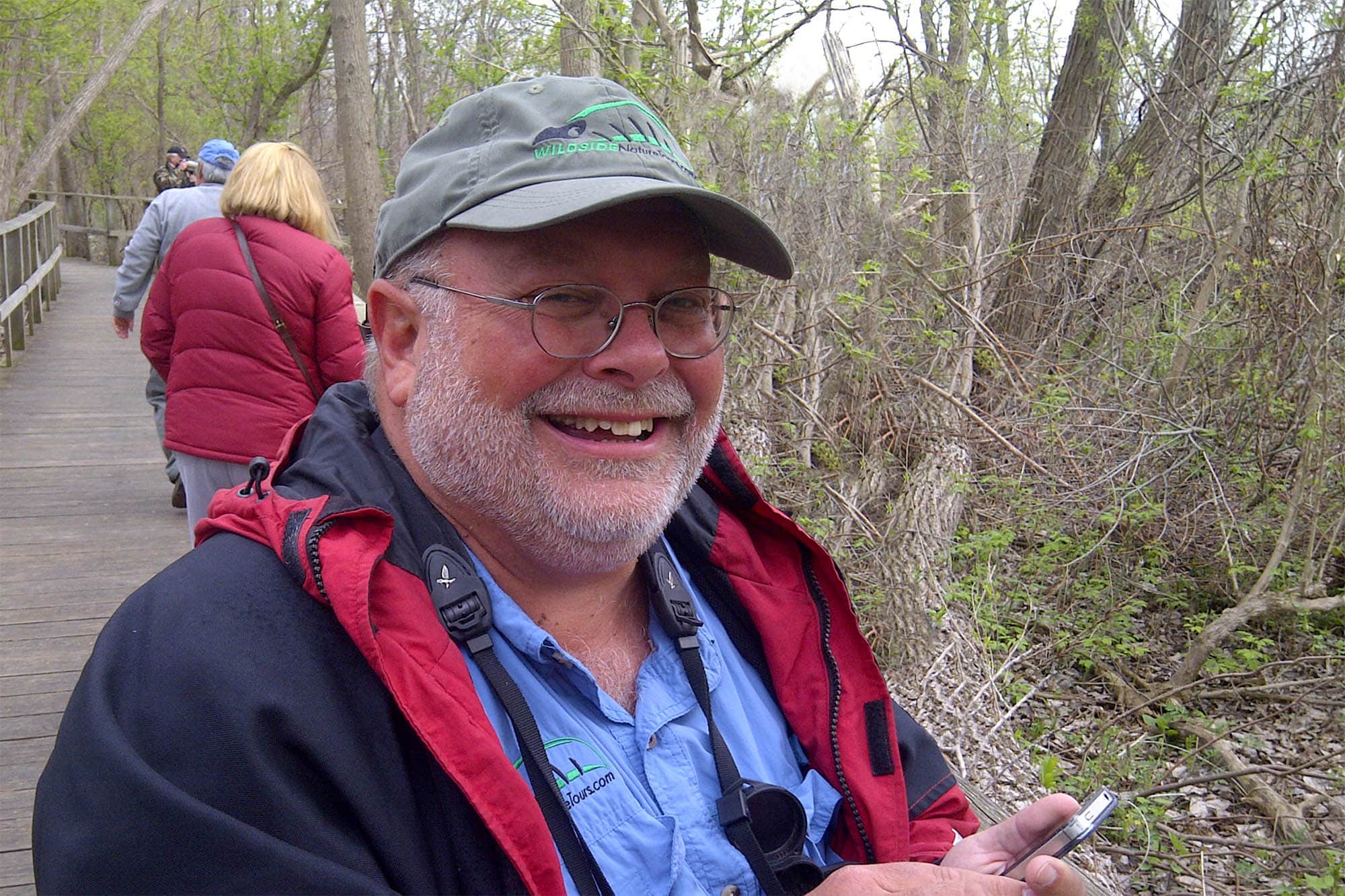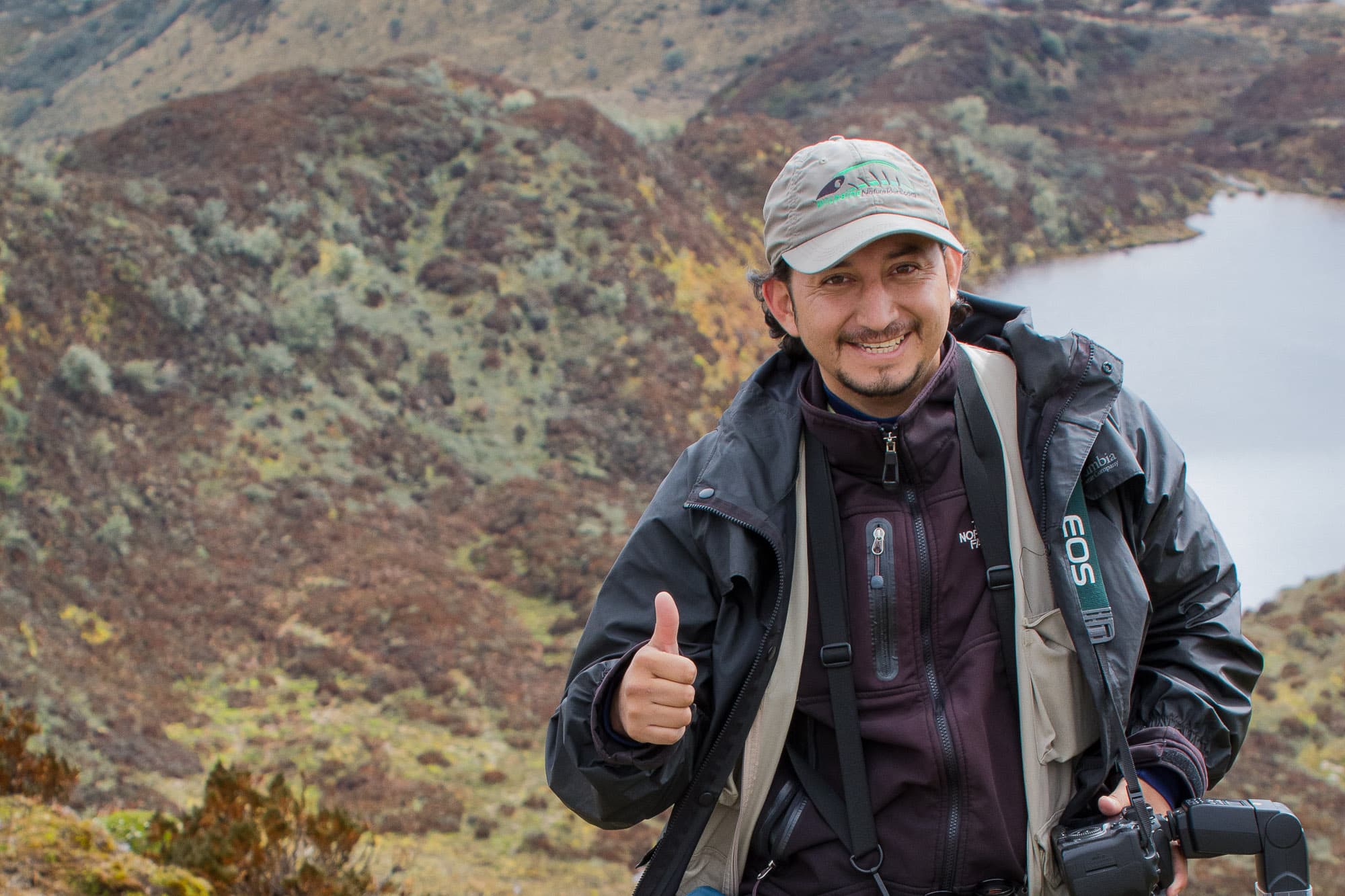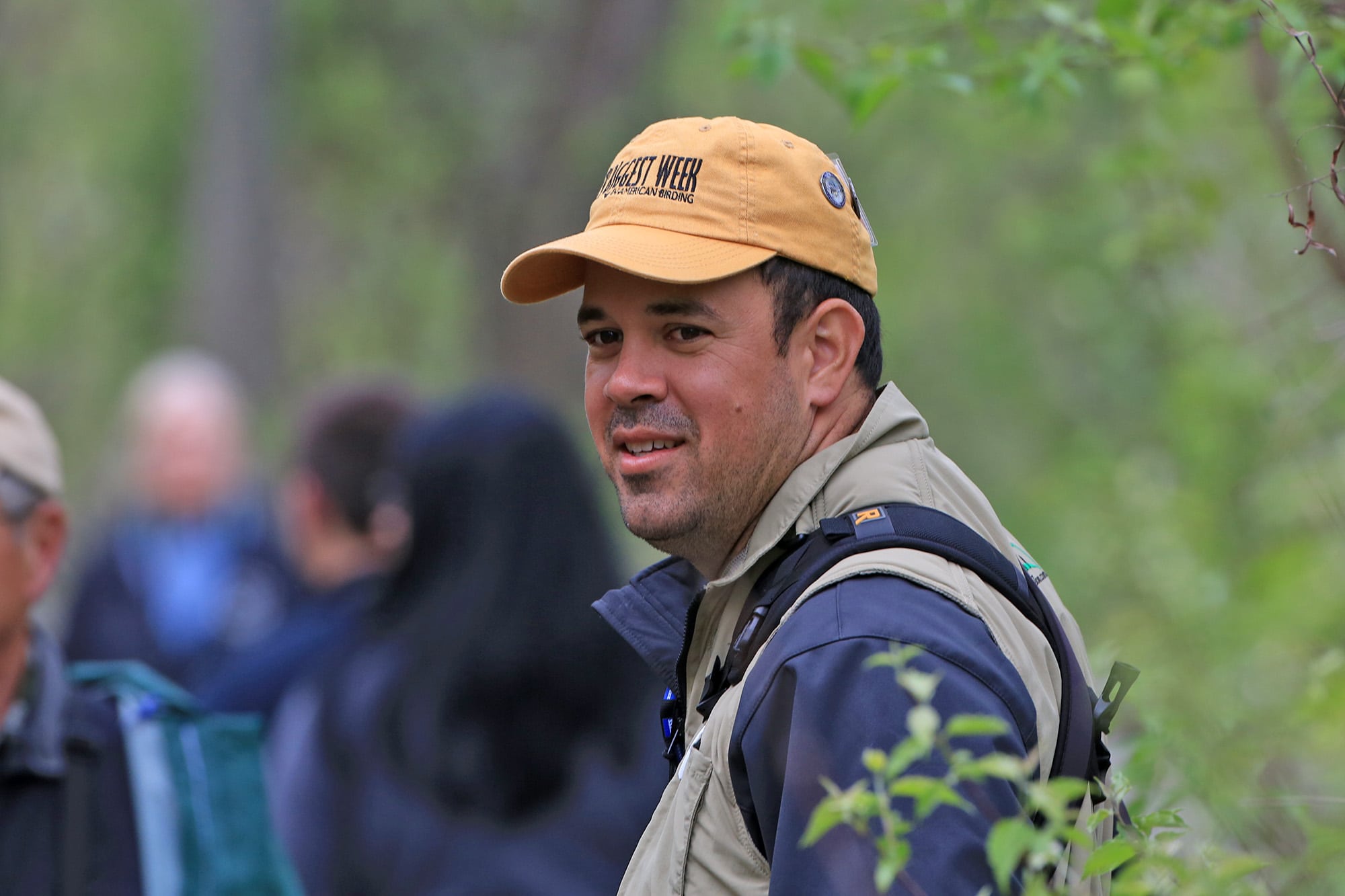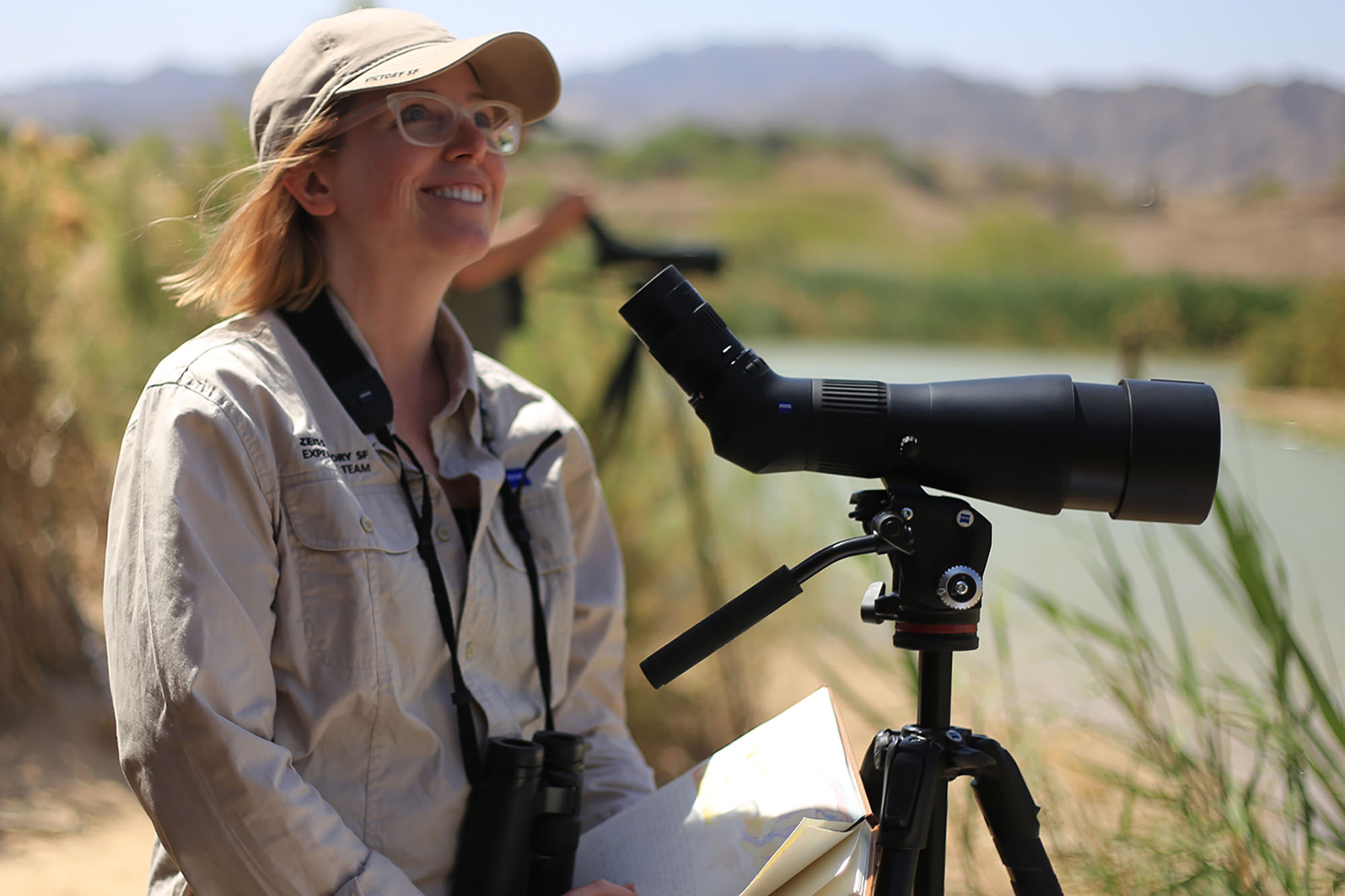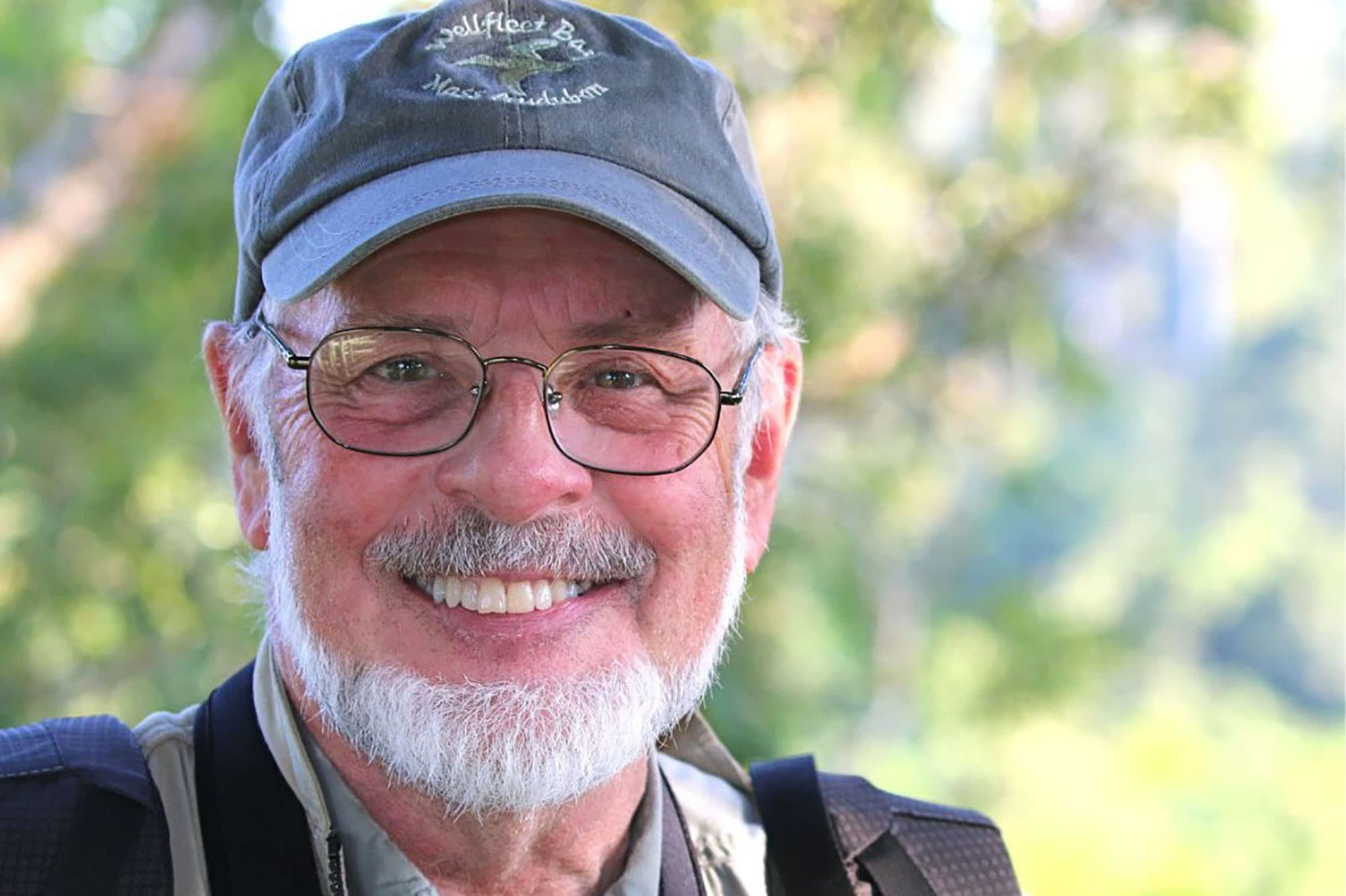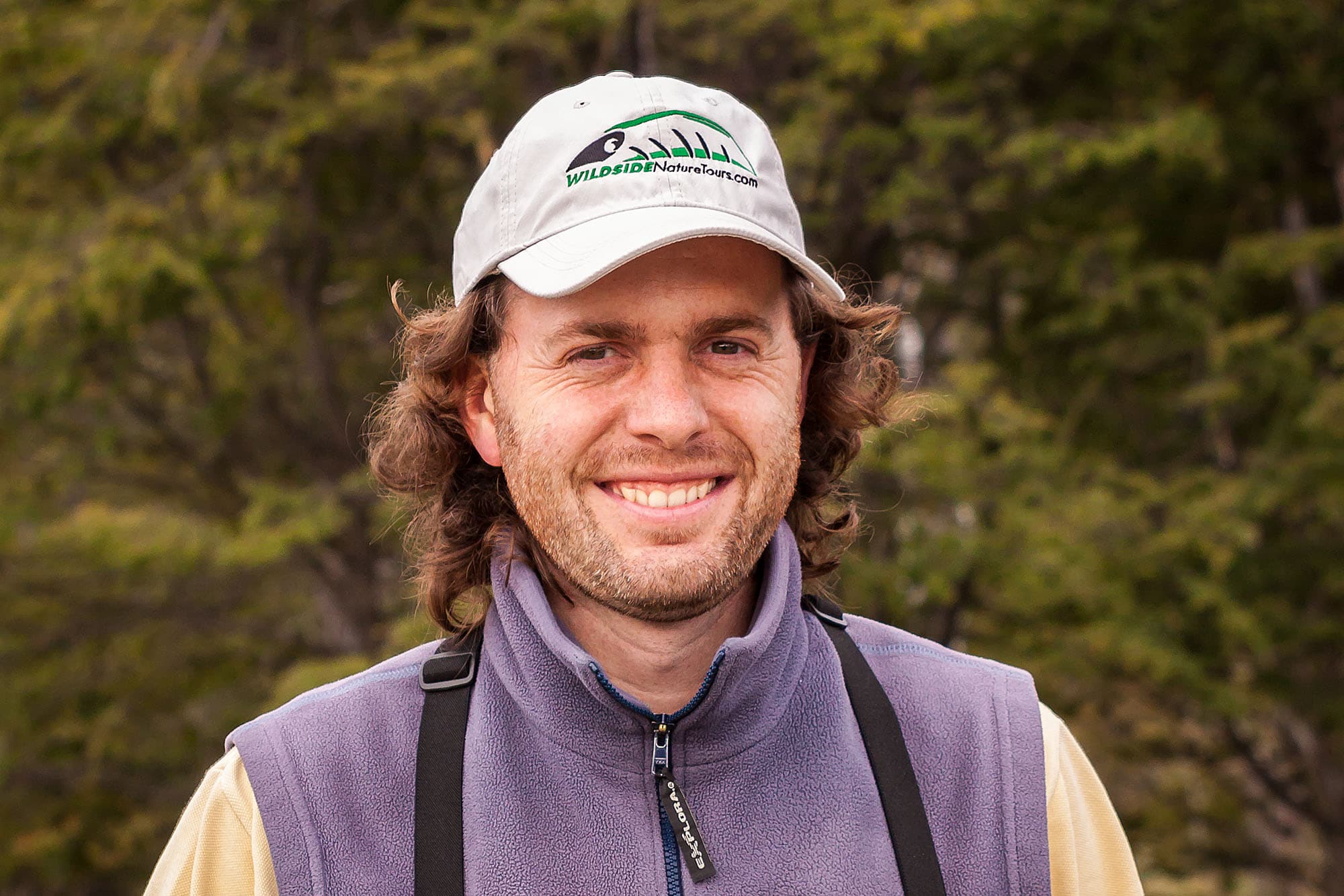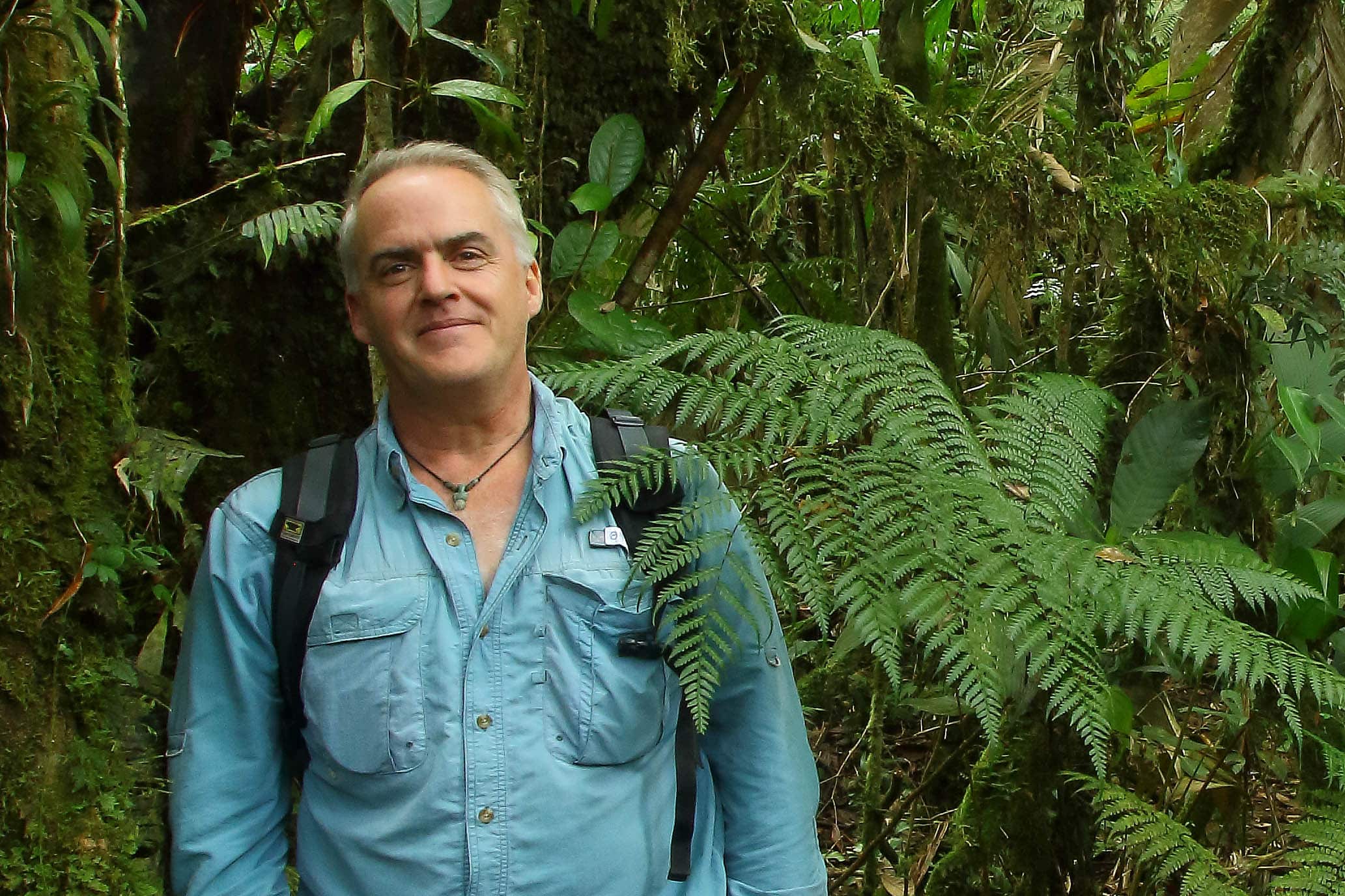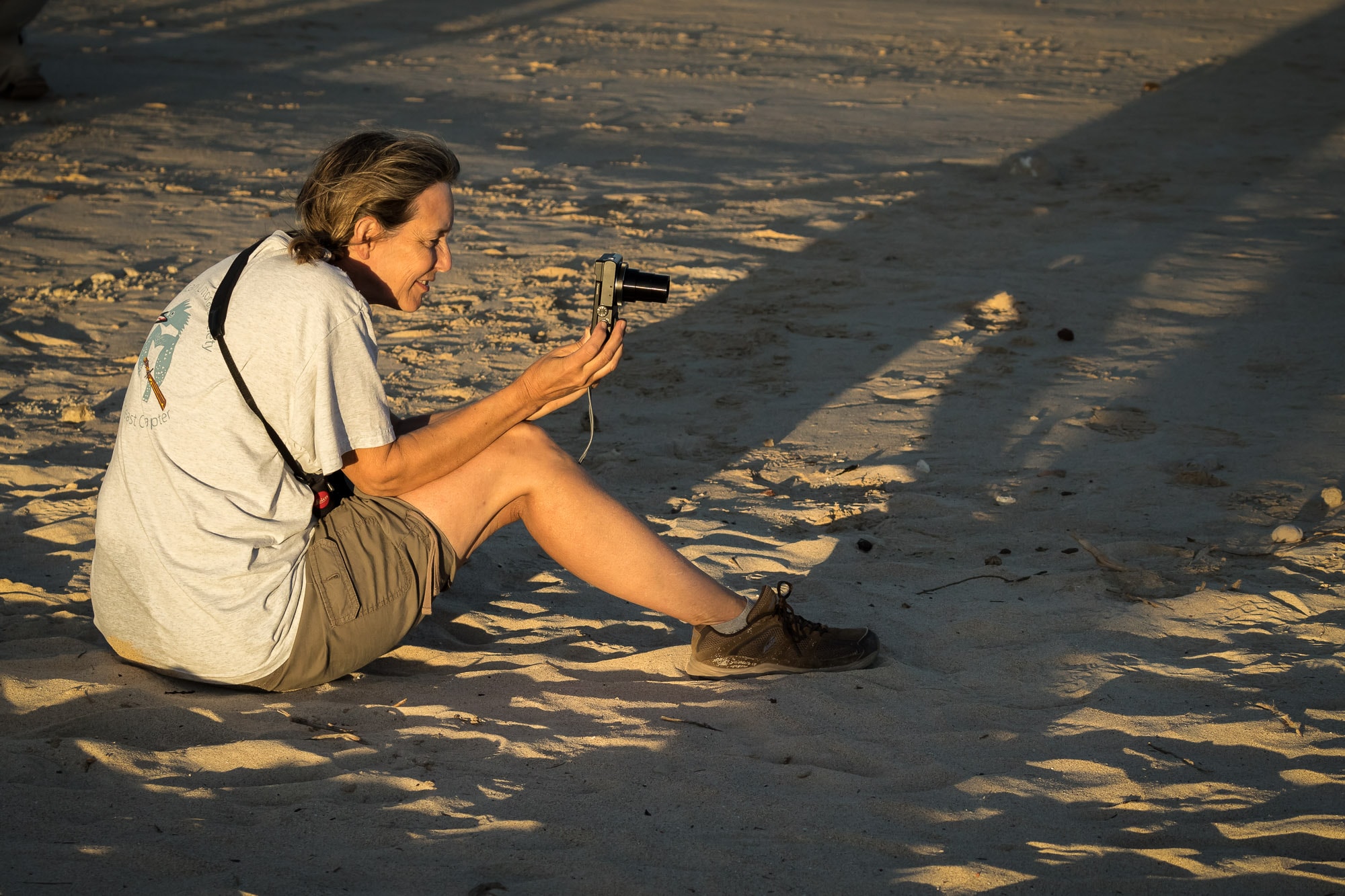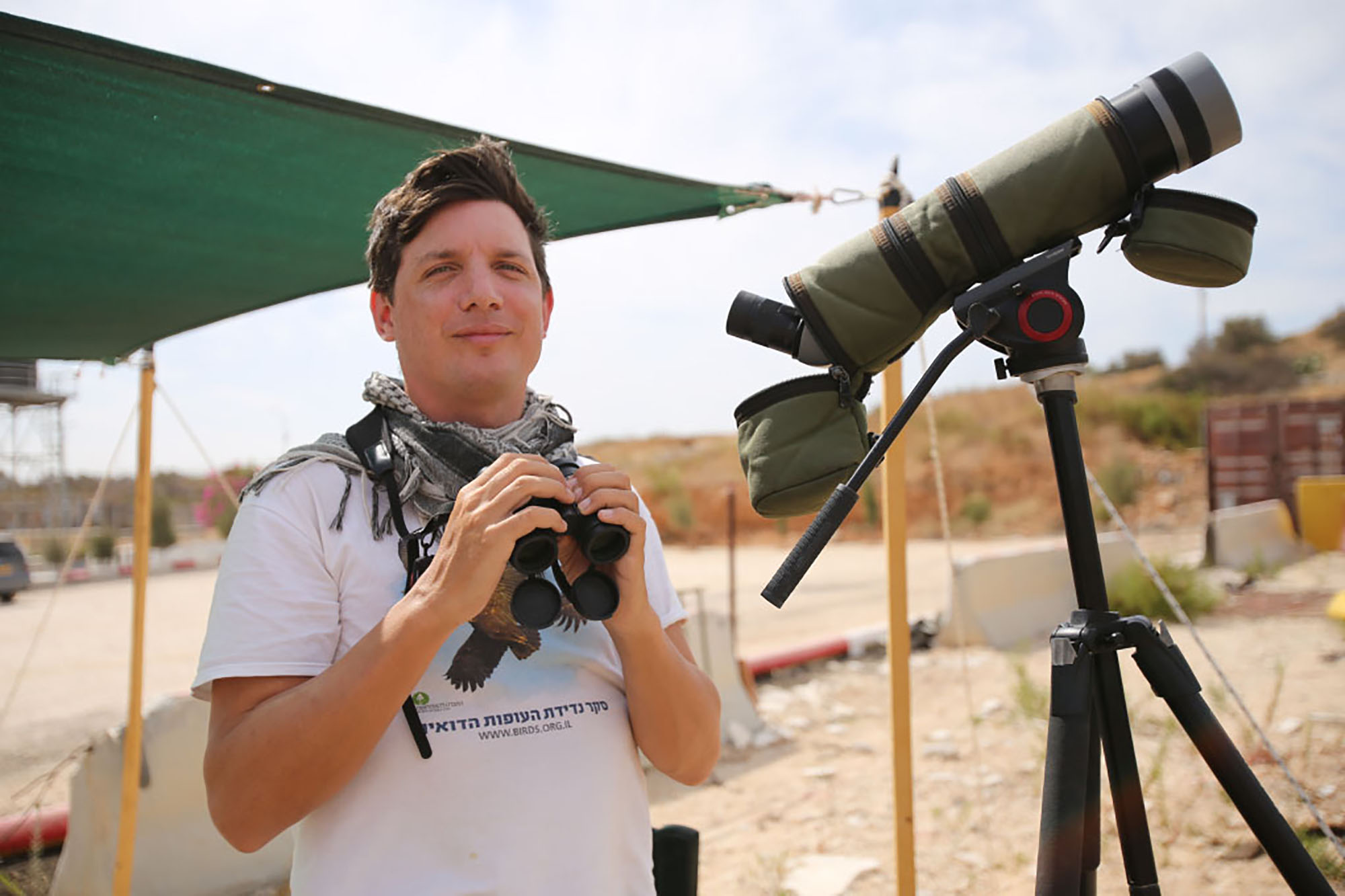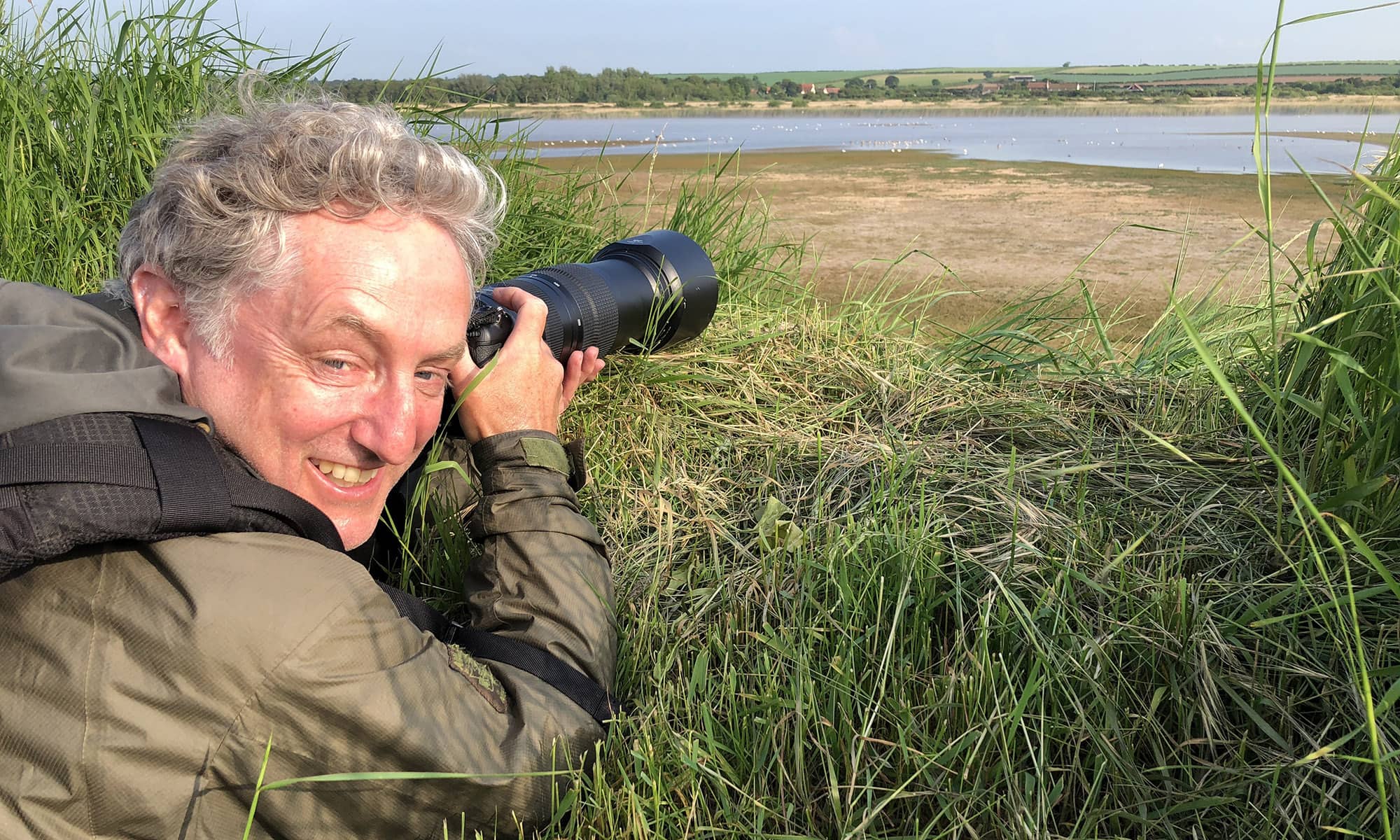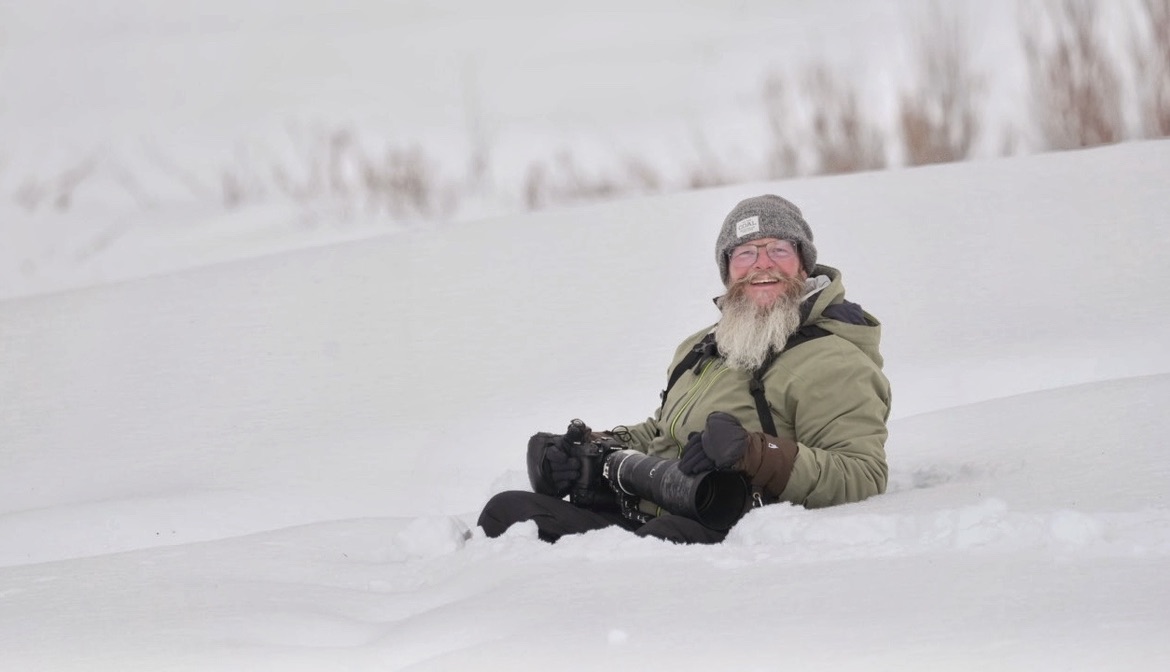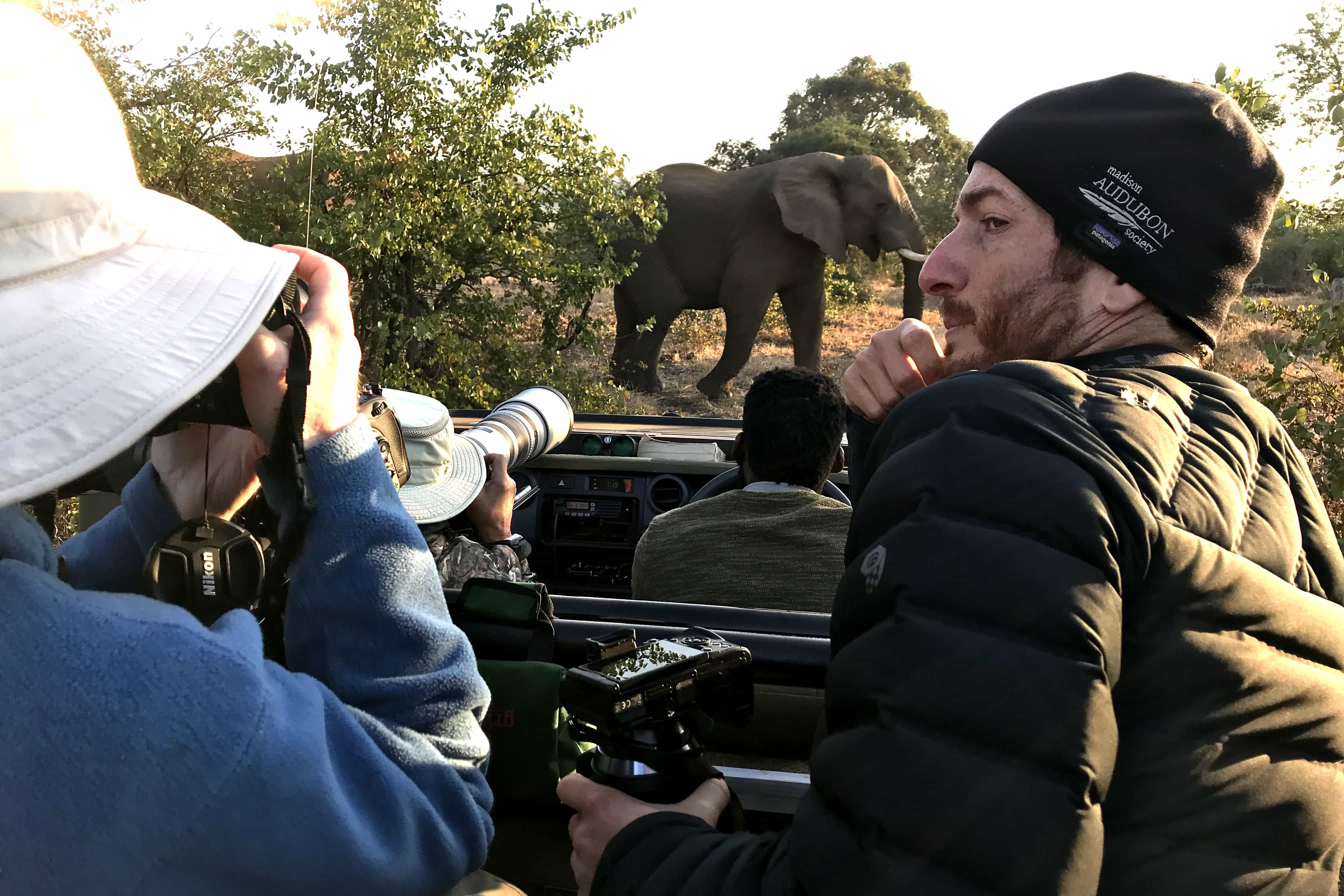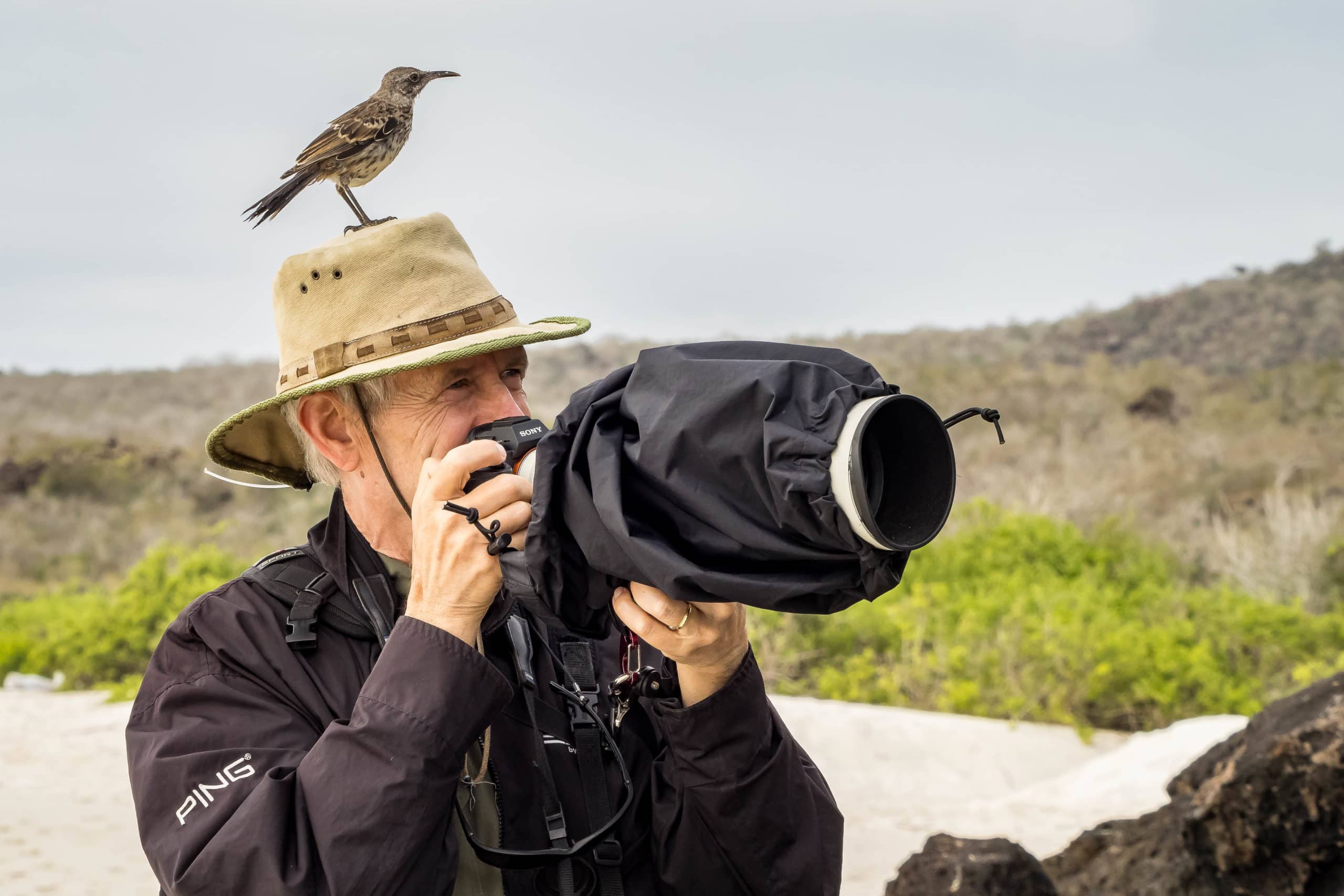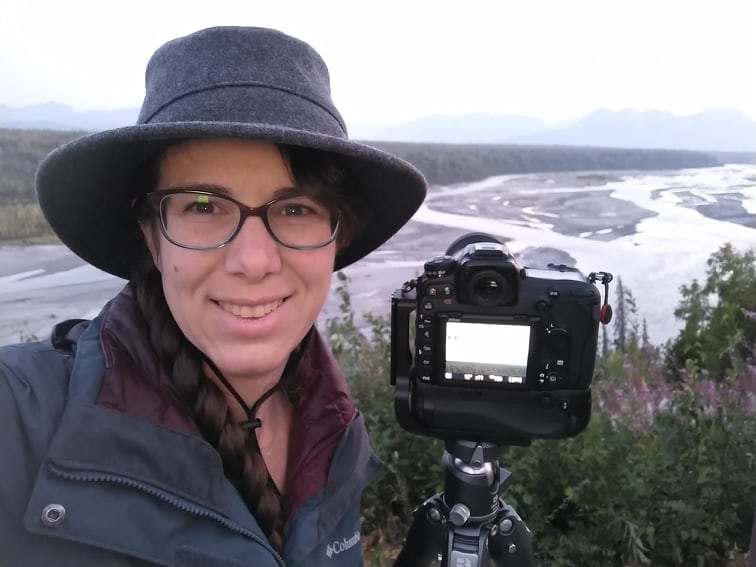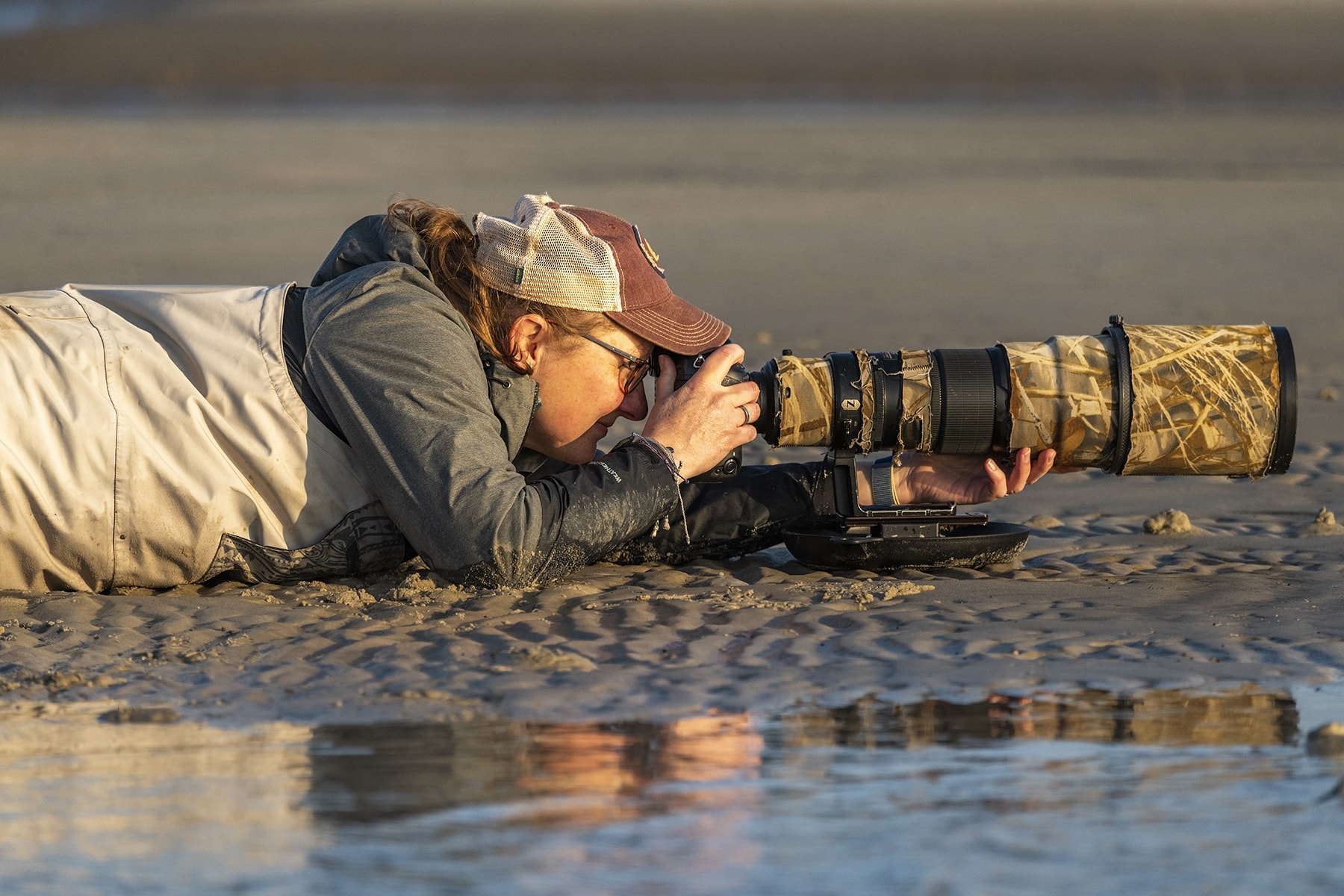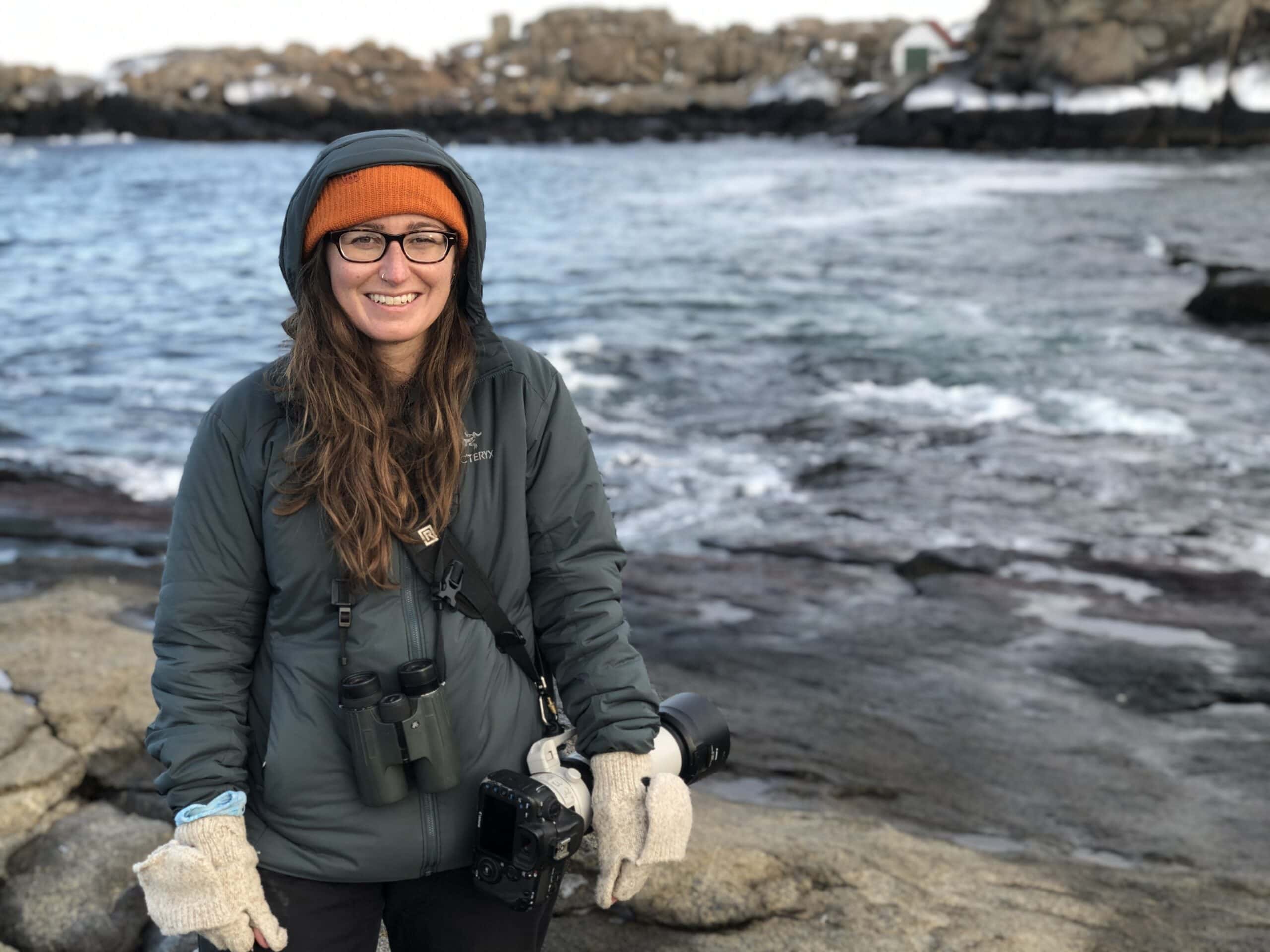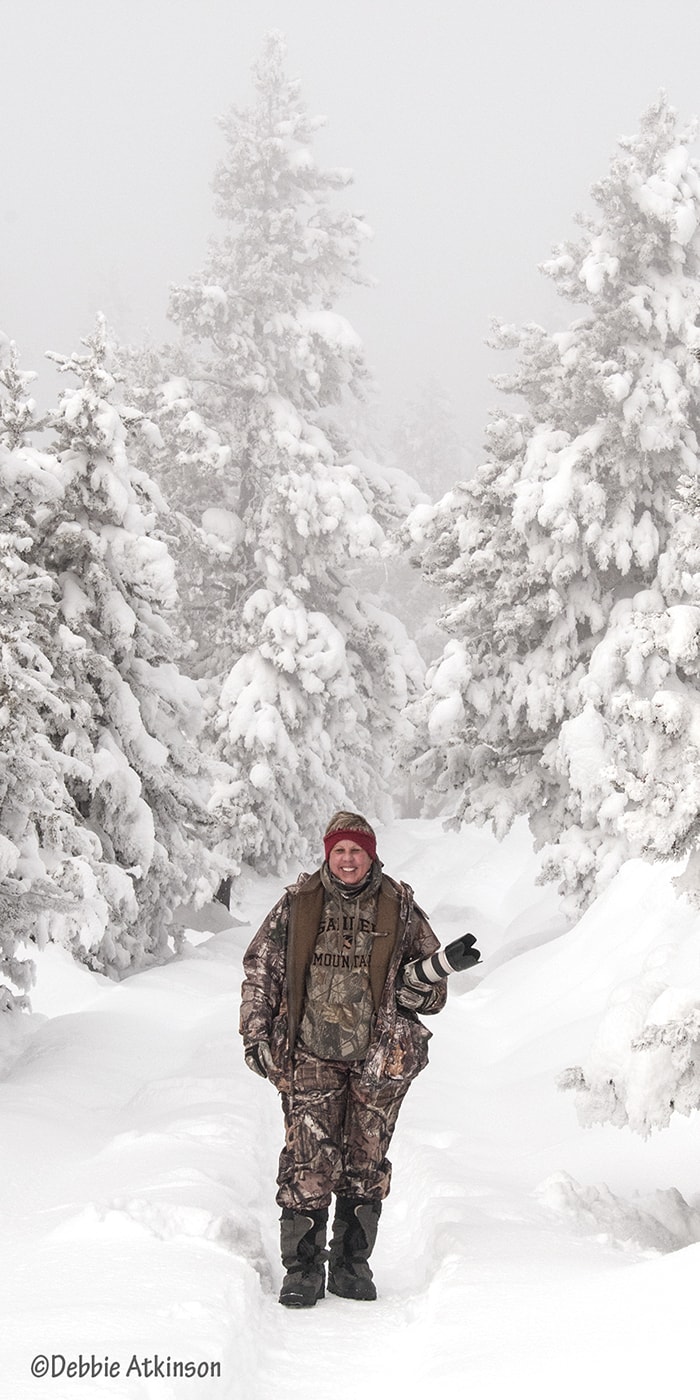
DRY TORTUGAS – Seabird Specialties
May 7, 2020 | by Adrian Binns
The Dry Tortugas is a premier North American birding destination to witness the spectacle of tropical seabirds. During our 3 day spring tour to these beautiful islands, we enjoy a variety of specialties including five species that nest only in this location within the United States.

Bridled Tern
BRIDLED TERN Onychoprion anaethetus
- often found feeding along sargassum mats
- birds at sea may land on flotsam and jetsam
- only place they nest in the US is on Bush Key, in early summer
- first began nesting in Dry Tortugas after 2005 hurricane season
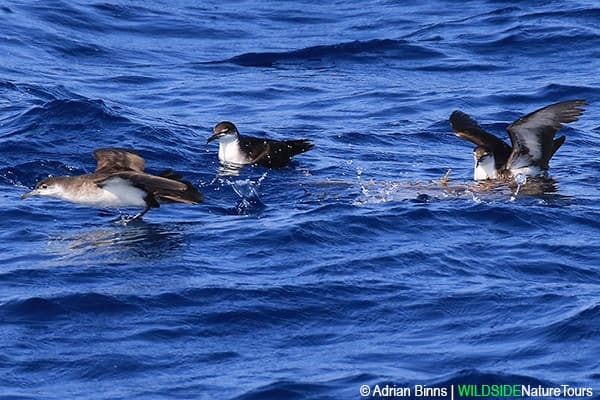
Audubon’s Shearwater
AUDUBON’S SHEARWATER Puffinus therminieri
- small, about 12″, tropical shearwater
- often seen in flocks in the warmer waters of the Gulf Stream
- best looked for foraging around sargassum
- nests in burrows on small islands in the Caribbean

Roseate Tern
ROSEATE TERN Sterna dougallii
- often seen resting on markers and buoys
- at rest, tails of adults extend well beyond the wing tip
- plunge dives from a greater height than other terns
- a few pairs nest on Bush Key in early summer
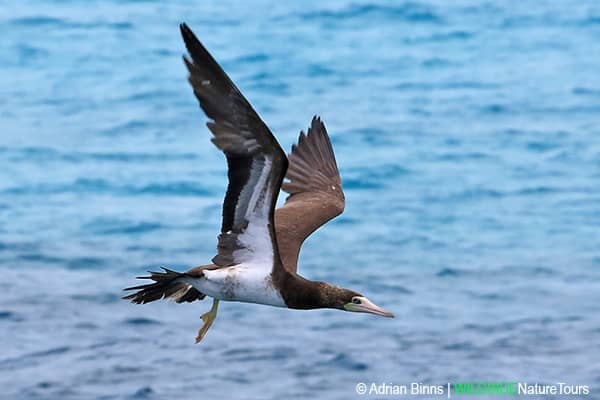
Brown Booby
BROWN BOOBY Sula leucogaster
- usually seen in small groups on markers on the way to the Dry Tortugas
- look for the clean demarcation between breast and underparts
- plunge dives from 20-50′, feeding mainly on flying fish and squid
- breeds in the Caribbean

Masked Booby
MASKED BOOBY Sula dactylatra
- only place in the US that it nests is on Hospital Key
- first nested in 1984, now about 20 pairs breed
- largest and least common of the tropical boobies
- upon greeting each other females squawk, and males whistle
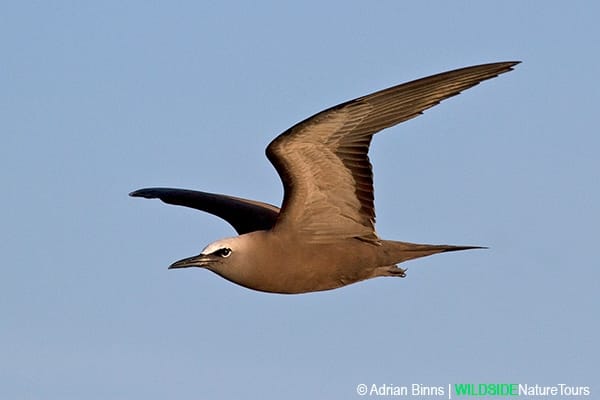
Brown Noddy
BROWN NODDY Anous stolidus
- only nest colony in continuous US is on Bush Key
- about 2500 pairs nest, creating loose twig platforms low in bushes
- largest and most abundant of the noddies
- seen close perched on the North Coaling Dock

Black Noddy
BLACK NODDY Anous minutus
- only place in the contiguous US to see it
- usually one immature present each spring, first seen in 1960
- best seen on Bush Key or North Coaling Dock
- rare in North Atlantic, with only a few pairs breeding in West Indies
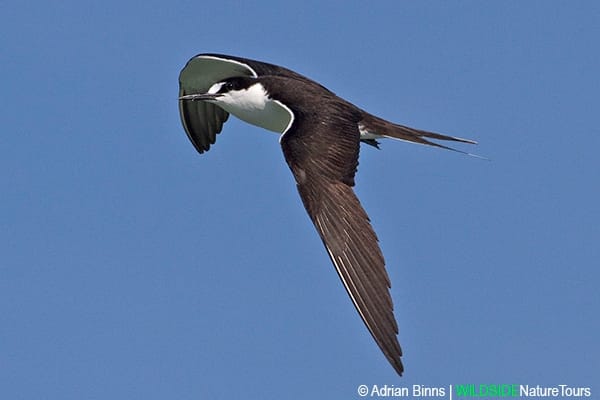
Sooty Tern
SOOTY TERN Onychoprion fuscatus
- most numerous bird in the Dry Tortugas, 80,000 nest annually on Bush Key
- only nesting colony in the United States
- highly pelagic and don’t land on water
- once fledged they spend 5 years on the wing before returning to breed
Join us for a Dry Tortugas Seabirds and Spring Migration tour!

